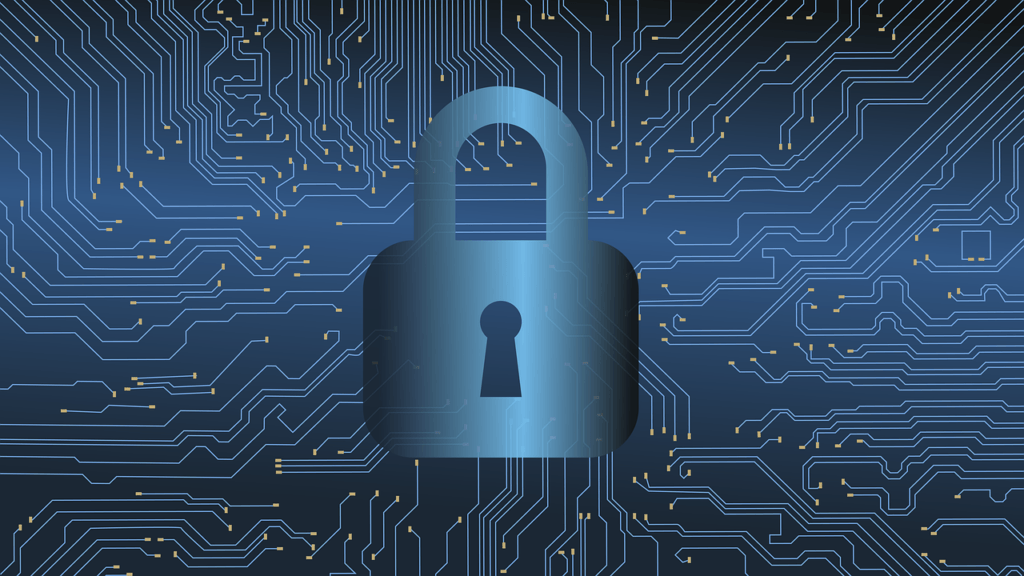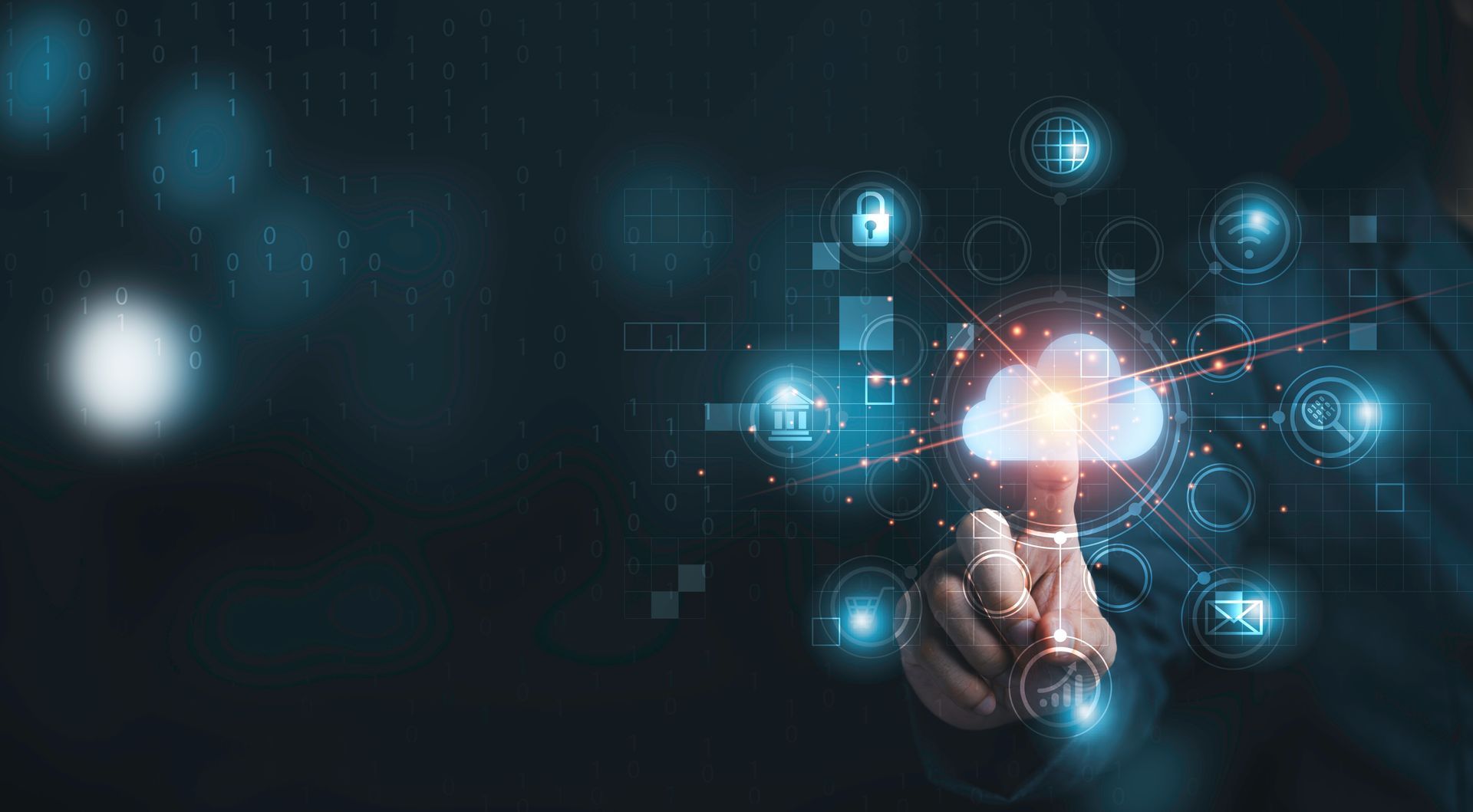Cybersecurity Trends to Be On The Lookout For in 2020
Cyberattacks frequency and complexities have not abated. In fact, it is getting more sophisticated as attackers think and develop novel ways to take over businesses and steal data. This has put cybersecurity experts on the edge as they are left to play catch-up with cyber attackers.
The cybersecurity landscape evolves as more high-profile data breaches were reported in 2019.
As a business owner, what cybersecurity trends should you expect in 2020?
We discuss some of them below.
1. Increasing Cloud Deployment
As more businesses move to the cloud, attackers are also tailoring their tools to exploiting cloud security. The cloud migration trend is expected to increase in 2020.
What this means is that your business must look beyond protecting only physical assets and implement solid security policy around your cloud infrastructures too.
Standalone on-site data often suffers security breach due to poor resources or lack of in-house IT experts. The cloud presents an opportunity for businesses even those with little resources to benefit from an enterprise-level security system. But this has some drawbacks.
Lax security implementation in the cloud will even prevent more as attackers only need to compromise one endpoint to disrupt the entire business or steal large amounts of data.
No matter how sophisticated a cloud provider’s security configuration is, it still boils down to how your business implements them.
2. Social Media as Attack Tools
Hackers have scoured social media in the past for the rich and free data that it provides about potential victims. Gathering intelligence via social media platforms makes the attackers’ job easier as it allows them to craft custom schemes for gaining employees trust and gaining unauthorized access to business.
Thorough social media research may expose an employees role in an organization, their itinerary and upcoming business events. This information provides an opportunity for spear phishing.
In 2020, attackers will focus more on delivering malware via social media to compromise victims computers or phones and by extension, their business network. More sophisticated phishing schemes will also be created to steal business access codes.
3. Increased Connectivity and Threats Endpoints
Previously, organizations only had to worry about the security of basic devices such as laptops and desktops that are used to run business operations.
But with the adoption of more IoT due to reducing costs and technology advancement, more vulnerability points will be open for cybercriminals to exploit. With more devices connected to business networks, there is a higher risk that some of them may be running unsecured code or left unprotected effectively serving as an entry point for attackers to gain access to businesses.
4. AI and Machine Learning Influence
Artificial intelligence and machine learning will see more adoption for cybersecurity purposes. They will help in curbing cyber-attacks through the power of large data.
Attackers often release new malware to evade anti-virus systems, AI-based systems will make detecting such easier.
AI will make automating manual security tasks at a large scale such as analysis of threats and anomalies identification easier and faster by reducing the need for human analysts.
As AI further develops, its cybersecurity application will broaden and the cost will reduce to further make it accessible to most businesses.
However, AI usage is not limited to defense only. Cybercriminals can also deploy the power of AI to create smarter malware to compromise security systems. Such malware will be able to hide better in compromised systems and evade detection by traditional anti-malware programs.
5. More Focus on Zero Trust Security
It has been clear for some years now that single login or password provides easy access to hackers. This is because of the deliberate use of weak passwords for convenience sake and the risks of server misconfiguration that can give total control of a business data to an attacker.
2020 will see more development and wider adoption of Zero Trust security systems. With this system in place, even if an attacker manages to steal or evade the first entry point into an organization’s network, they still cannot access the systems without further identity verification.
Such multi-factor authentication systems can make use of extra security measures such as identity-based certificates and biometrics.
It will help reduce the risk of attacks from cybercriminals because they now need to compromise several security protocols at once to gain system access.
Cybersecurity is expanding as more factors and players enter the scene. Only with a proactive response and the development of a strong security system and policy can you protect your business. Contact us today to learn more on how to keep your company secure in 2020.
The post Cybersecurity Trends to Be On The Lookout For in 2020 appeared first on SDTEK | San Diego, CA.



